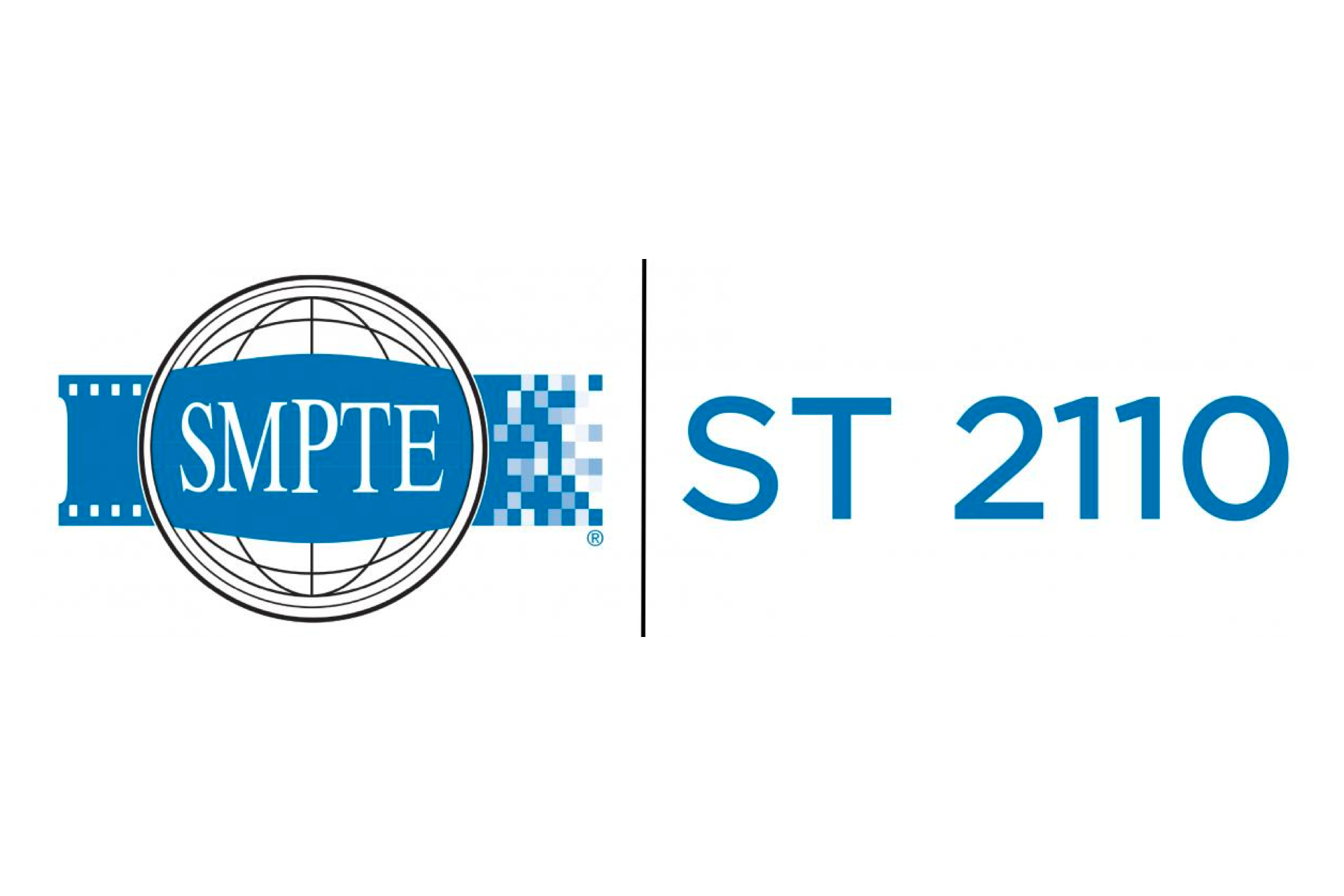Rivermax Display, part of the Nvidia Rivermax SDK allows you to output 2110 streams from a standard desktop computer using a high bandwidth network card. The Rivermax Display driver emulates an extended desktop within Windows and allows you to use any standard application to be output as uncompressed IP video.
Requirements (All can be found on ChubbyNas)-
- Rivermax SDK
- Mellanox Win OF2 Drivers
- Rivermax Display Driver
- Windows 10 20H2 or higher
Due to the uncompressed and high bitrate nature of SMPTE 2110 streams, using a standard 1G or 10G network card as found in many of the S-Series media servers, isn’t going to work. You’ll need a Mellanox Connect-X5, X6 or Bluefield 2-DPU network card (NIC) in order to use Rivermax. Configuring the Bluefield 2 DPU is substantially more complicated and will be explained in a further article.
Once the NIC has been installed in the PC you’re going to use, first you need to enter the BIOS and disable ‘C States’. This setting is located in different places depending on the model of computer, so you might need to do some searching around for it. Once disabled you’ll also need to ensure you’re running the correct version of Windows. Windows 10 as deployed in the CT image won’t work. You’ll need to wipe the boot disk and do a fresh install as the version needs to be at least 20H2.
Boot into windows and enter ‘Network Adapters’ within control panel to confirm that your new NIC is showing up in windows. It should be called ‘Mellanox Connect-X’ or similar.
First, you’ll want to install the most recent WinOF2 drivers for the network card. These can be downloaded here –
https://www.mellanox.com/products/adapter-software/ethernet/windows/winof-2
Once the WinOF2 drivers are installed you can install the Rivermax SDK, found in the Rivermax folder on ChubbyNas.
Finally, you need to install the Rivermax Display Driver. This is also located on ChubbyNas, however you’ll need a license file for which you’ll need to contact myself or Dave Fyffe. Once you have the license file, copy and paste ‘license.lic’ into C:\Program Files\Mellanox\lib, without it the Rivermax Display driver won’t allow you to proceed with installation. Your screen may go black and flicker during the installation process, this is normal as a virtual display adapter is being configured by the installer.
After a successful installation, you should now see a second display present in ‘Display Settings’. In order to configure and use Rivermax Display, you need to use the command line interface to specify a SDP (session description protocol) file that dictates resolution, refresh rate, destination multicast address etc of the output. At this time of writing, Rivermax display is limited to a single 4K, following SMPTE 2082 guidelines. A sample SDP file can be found in the Rivermax folder of ChubbyNas, copy this to your C:\ drive.
Open a new command line windows as administrator. Use the commands below to specify an SDP file and start Rivermax display.
cd "C:\Program Files\NVIDIA Corporation\RivermaxDisplay"Specify the location of the SDP file to use.
ConfigureRivermaxDisplay.exe -s C:\PathToSDP.sdpRestart the Rivermax display driver.
ConfigureRivermaxDisplay.exe -rFor more commands using Rivermax display, or if you get stuck enter –
ConfigureRivermaxDisplay.exe --helpIf attempting a 4K output using Rivermax display, you may need to manually adjust the resolution and refresh rate of the virtual display using the standard Windows ‘Display Settings’ dialogue.
Entering the multicast address specific in the SDP file into a SDI<->2110 gateway, or a Panasonic Kairos input, you should now see your Windows Desktop being output over the network. This method has been tested running Av Stumpfl Pixera and Watchout with success.


Leave a Reply